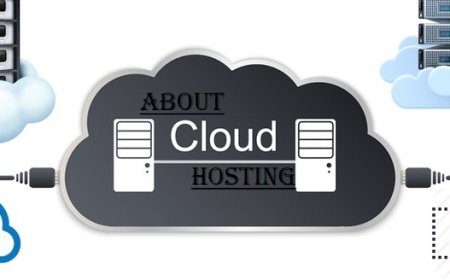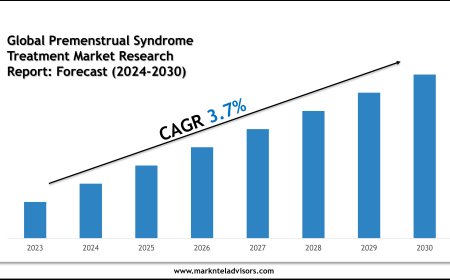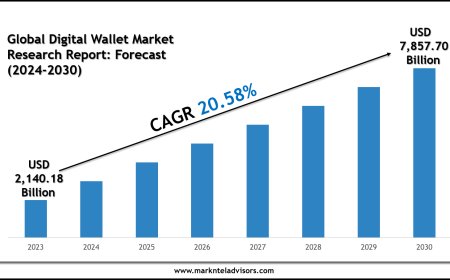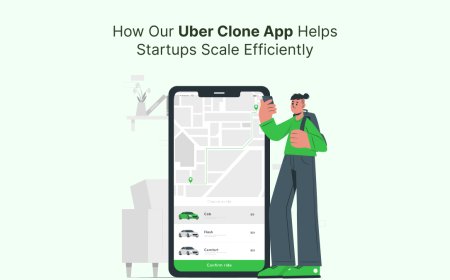Bridging the Care Gap: How an SDOH Request Platform Revolutionizes Community Health
Bridging the Care Gap: How an SDOH Request Platform Revolutionizes Community Health
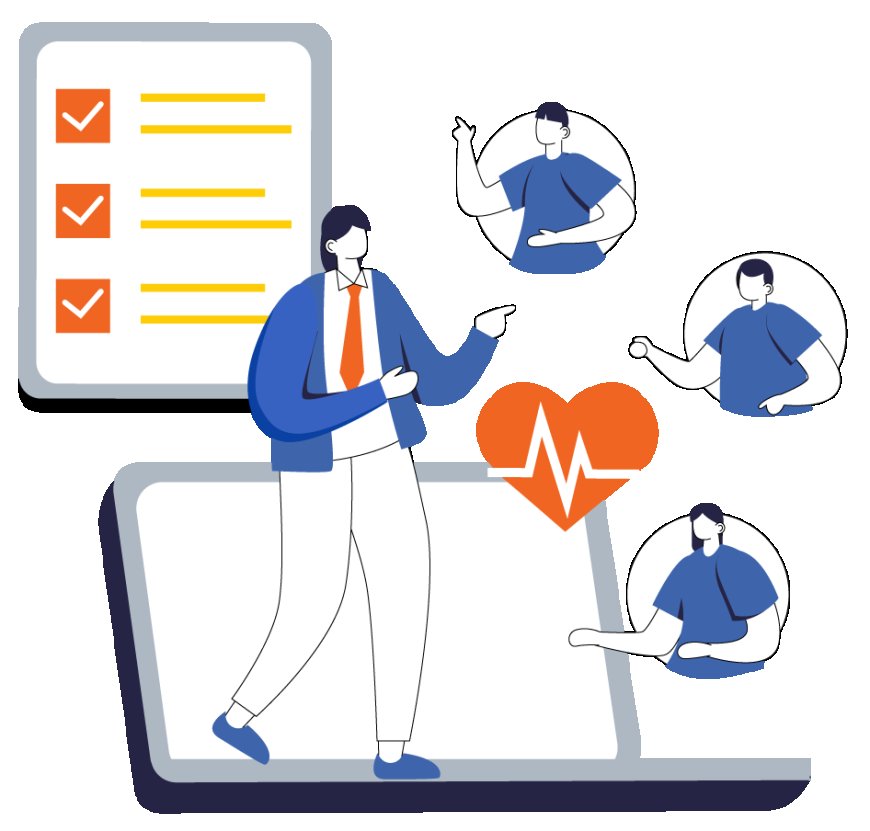
In the ever-evolving world of healthcare, technology has long played a pivotal role in diagnosis, treatment, and patient management. But what about the non-medical factors that impact health — such as access to food, housing, transportation, employment, and social support? These social determinants of health (SDOH) are often overlooked in clinical systems. Enter the SDOH Request Platform — an innovative technology that’s changing the game in how we approach community health and well-being.
One such solution gaining attention is Social Roots' SDOH Request Platform, which transforms how organizations receive, manage, and resolve social needs in real time.
Understanding the SDOH Challenge
Before diving into solutions, it’s essential to grasp the problem. Clinical interventions alone can’t combat the systemic social issues impacting individual and community health. According to the World Health Organization, up to 50% of health outcomes are influenced by social and environmental factors rather than clinical care.
Healthcare providers, community-based organizations (CBOs), and social workers often lack the tools needed to collaborate efficiently across silos. Traditional EHRs and case management systems are not equipped to handle dynamic, multi-party SDOH coordination. That’s where a modern SDOH Request Platform becomes essential.
What Makes Social Roots' Platform Different?
Social Roots offers a purpose-built solution designed specifically to manage and resolve SDOH referrals and service requests. Here’s what sets it apart:
-
Collaborative Infrastructure
The platform enables cross-sector collaboration. Healthcare providers, nonprofits, government agencies, and CBOs can work within one ecosystem, reducing communication breakdowns and ensuring seamless coordination of care.
-
Real-Time Request Management
Unlike systems that rely on slow referral pipelines or disconnected workflows, this platform facilitates real-time intake and response. Requests for services — whether it’s a housing voucher, meal delivery, or transportation — can be tracked and fulfilled efficiently.
-
Closed-Loop Reporting
A major pain point in traditional systems is a lack of feedback. The Social Roots platform ensures that requests are not just sent but also tracked to closure, with clear documentation and accountability for outcomes.
-
User-Friendly Interface for CBOs
Many community organizations lack IT resources. Social Roots' platform is built with low-tech partners in mind, ensuring adoption across diverse organizations.
-
Data-Driven Insights
The platform provides rich analytics to uncover community needs, trends, and gaps. This allows agencies to make informed decisions, allocate resources effectively, and advocate for systemic change.
Why a Purpose-Built SDOH Request Platform Is a Game Changer
Let’s consider a scenario: A mother visits a pediatric clinic and mentions food insecurity. The clinician refers her to a food pantry. But what happens next? Without an effective SDOH Request Platform, that referral may disappear into a black hole. The clinician never knows if the mother got the help. The pantry might not have the capacity. The opportunity to intervene meaningfully is lost.
With a platform like Social Roots’ SDOH Request Platform, here’s how it unfolds:
-
The clinic enters the food request directly into the system.
-
The nearest food provider is automatically notified.
-
The request is acknowledged and scheduled.
-
Once fulfilled, the outcome is logged and sent back to the clinic.
-
Both parties can monitor progress and follow up as needed.
This loop ensures no person falls through the cracks, and communities begin to see measurable improvements in health outcomes and service delivery.
Empowering the Future of Community Health
By centralizing request management and fostering transparent, cross-sector collaboration, the SDOH Request Platform acts as a digital backbone for social care. It strengthens trust among providers, empowers under-resourced communities, and ensures services are delivered with dignity and speed.
From emergency housing to mental health counseling, the platform supports the entire continuum of care — not just what happens inside a hospital but what truly affects people’s lives outside of it.
Who Can Benefit?
-
Healthcare Systems: Reduce readmissions and improve patient outcomes by addressing social needs.
-
Community-Based Organizations: Streamline case management and receive requests they can realistically act on.
-
Public Agencies: Leverage analytics to address systemic inequalities and plan funding.
-
Philanthropic Groups & Foundations: Track the impact of grants in real time.
Final Thoughts
As we shift toward a more holistic model of health, investing in technologies that understand and manage social determinants is no longer optional — it’s imperative. A modern, collaborative SDOH Request Platform like the one offered by Social Roots not only fills a crucial technology gap but redefines how care is delivered and measured across communities.




